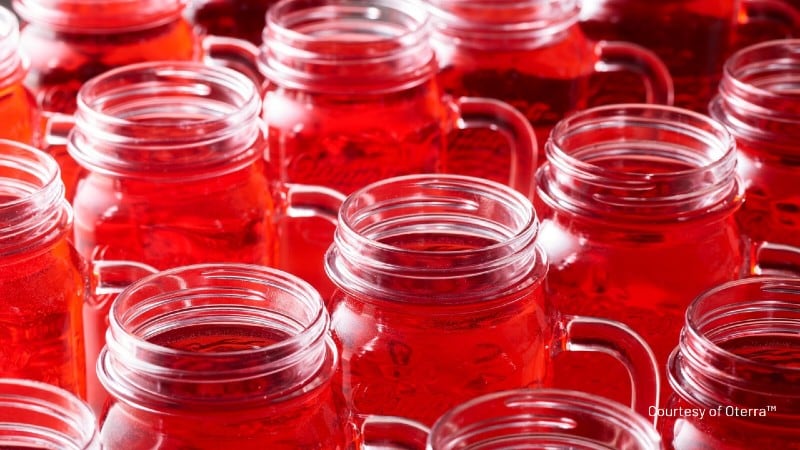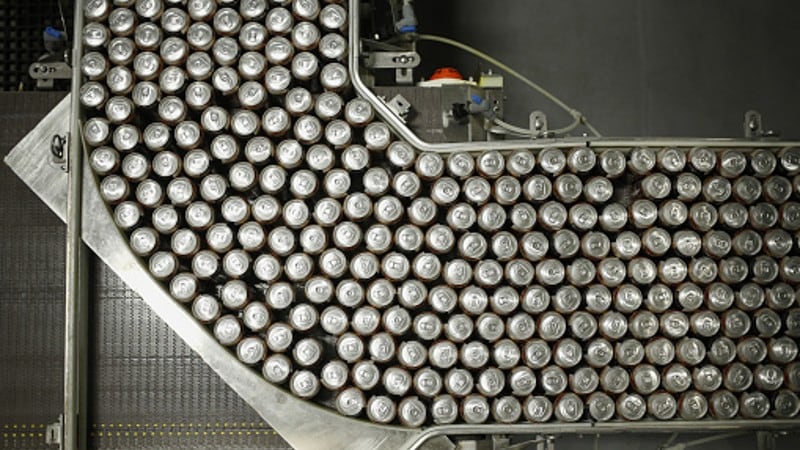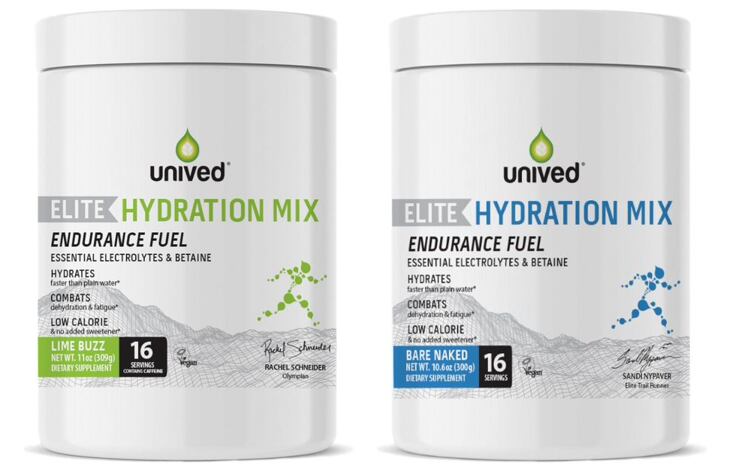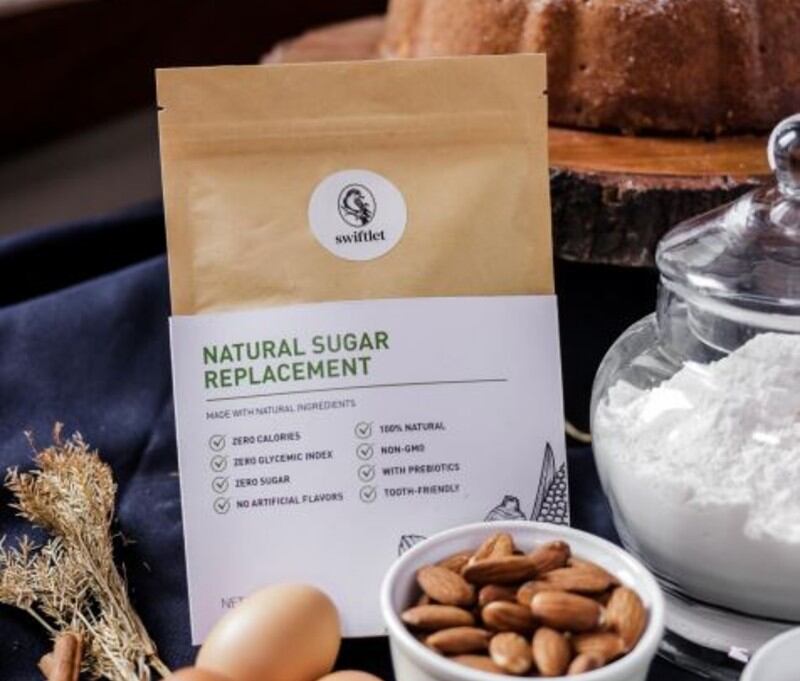The colour red is particularly significant in the APAC region because it is culturally linked with auspiciousness and good luck and many festivals in the region such as Chinese New Year, as well as with the representation of positive emotions such as passion, strength and vitality.
One example of a striking red beverage that went viral on social media in recent weeks was the launch of Coca-Cola’s Starlight limited edition variant in the United States, which was marketed as being inspired by space, stargazing and the universe. The beverage giant opted to launch this particular cola in a red hue as opposed to the traditional caramel brown.
“This was a very interesting way of appealing to consumers’ imaginations and also exciting them, with consumer demand for new experiences also a very crucial trend that has risen in prominence since COVID-19 hit,” food colourings specialist brand Oterra’s APAC Marketing Manager Carel Soo told FoodNavigator-Asia.
She added: “The vibrancy of the colour red is also very much linked to the increase of appetite, and because of this it is actually very common to see many food and beverage brands having red logos due to all of these positive connotations,” food colourings specialist brand Oterra’s APAC Marketing Manager Carel Soo told FoodNavigator-Asia.
“In addition, red fruit drink flavours such as strawberry, watermelon, pomegranate and various iterations of these are also very popular with APAC consumers, so red is really a very important colour for the local beverage industry.”
However, red fruits are also known to be some of the most challenging to work with, due to natural components that interact with anthocyanins (components commonly found in most red colour solutions), which would affect both long-term stability as well as the nutritional components in the drinks.
“Most red colour solutions for beverages today use black carrots or red radishes with anthocyanins to give the red colour, but combining these with flavours such as strawberries makes the anthocyanins very unstable as the strawberry flavour components actually act very aggressively on the anthocyanins,” Oterra Beverage Industry Business Manager Rene Fontejin told us.
“This really is what makes red beverages more difficult to work with in terms of obtaining natural solutions, as there has had to be so much more reformulation work done to gain stability in beverages. But it is necessary too, as our solution, made from sweet potatoes, is not only more stable but able to give a unique fire engine red shade which makes drinks very striking.”
Visually striking beverages are now all the rage in the APAC region with an increase of consumers that are not only technologically literate but eager to share striking food and beverage experiences on social media channels.
“The visual appeal of drinks is really increasing in terms of importance due to the parallel increase in online engagement by today’s consumers,” Soo added.
“Everyone wants to post visually appealing products on their social media, and bright red drinks can be very striking especially in fire engine red, so many beverage brands are looking for ways to improve their visual appeal and also link their product development to positive moods and emotions, which red is also connected to.”
Clean label appeal
Health concerns have also been accelerated due to the pandemic, another major trend that beverage manufacturers need to note.
“One of the major ways this has evolved is that consumers now really want transparency in the making of their drinks and to know what ingredients are in there,” said Soo.
“It is also notable that natural ingredients are also always associated with being safer, and brands need to respond to this.”
Many consumers are on the lookout for clean label products in line with this, which is a challenge many beverage brands that use artificial colourants face.
“Artificial colours have been a norm in the industry for a long time due to their stability, but they bring along a lot of other issues for brands, such as the need to include E-numbers onto their labels,” Oterra Regional Applications Manager Jude Wong explained.
“Having these E-numbers in the label makes making claims difficult, with even more challenges faced when making red beverages, but this new sweet potato-based solution allows for not only clean label but plant-based claims to be made, which will further the appeal for consumers.”
Oterra’s new Sweet Potato FruitMax Red 116 WS can be used to replace the conventional Allura Red, and is also available for use in food product applications.





